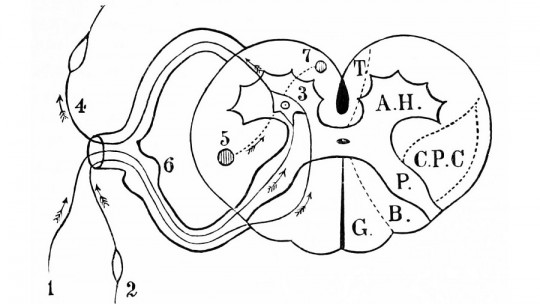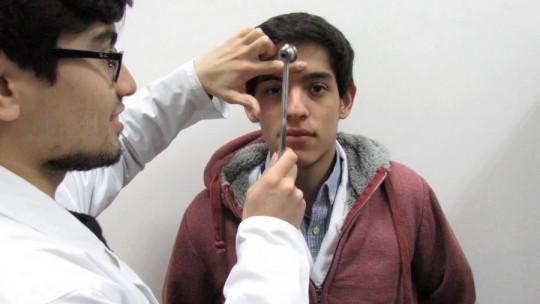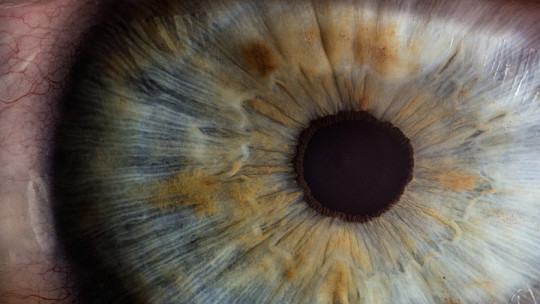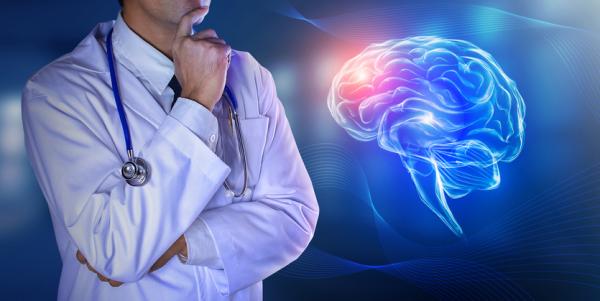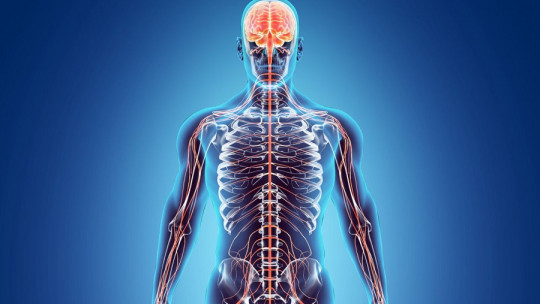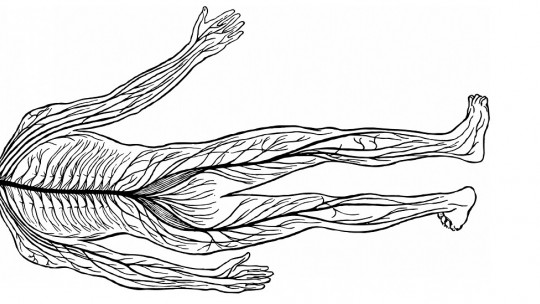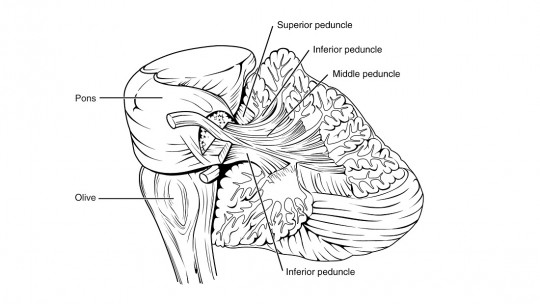The reflex arc is a fundamental mechanism in the nervous system that allows the body to respond automatically to stimuli. These reflexive actions occur without conscious thought, enabling rapid responses that help protect the body from harm. Understanding how reflex arcs work is essential in neuroscience, medicine, and psychology, as they play a crucial role in both voluntary and involuntary movements.
What is a Reflex Arc?
A reflex arc is the neural pathway that controls a reflex. Unlike voluntary movements, which involve the brain’s decision-making processes, reflexes occur without conscious control. When a stimulus (such as touching something hot) is detected, the reflex arc allows the body to react instantly, preventing further injury.
Reflex arcs are the reason why you pull your hand away from a sharp object before feeling pain. This rapid reaction occurs because the signal bypasses the brain, traveling only through the spinal cord or a simple neural circuit.
The reflex arc is a neurophysiological mechanism of the nervous system that is activated in response to an external stimulus, like when we hit ourselves hard or bring a heat source close to our body. Reflex movements are automatic and involuntary, since, unlike what happens with a large part of the nervous pathways, sensory neurons transmit nervous impulses to the spinal cord, without them reaching the brain, which allows a more rapid motor response fast and effective.
The reflex arcs can be of two types: simple or compound. If only one sensory neuron and another motor neuron are involved in the reflex arc process, we can speak of a simple reflex arc; On the other hand, if there are other types of neurons involved (e.g. interneurons) we would be faced with a compound reflex arc. Typically, reflex arcs are compound or polysynaptic; That is, its circuit is made up of several synaptic connections.
On the other hand, there are reflex arcs in the autonomic nervous system, the part of the body responsible for controlling the involuntary functions of the body (the viscera, heart rate, digestion, etc.) and in the somatic nervous system, responsible for sending information from sensory receptors to the central nervous system, as well as conducting nerve impulses to skeletal muscles to produce voluntary movements.
There are differences between the neural circuits of the reflex arc of the somatic system and the autonomic system, mainly in the efferent part (which is what controls automatic and muscular responses); In the latter, the presence of a ganglion always mediates between the central nervous system and the effector organs, contrary to what occurs with the somatic efferent arc.
Through the reflex arcs, our body sets in motion numerous nervous mechanisms and their existence seems to have been decisive at an evolutionary level, since it has been suggested that they are the primordial circuits from which the rest of the nervous structures of our body emerged. Their value is undeniable, since without them, we would not be able to face many dangerous everyday situations that we face in our daily lives.
Characteristics of a Reflex Arc
- Automatic and involuntary: Reflex actions happen without conscious effort.
- Rapid response: The process occurs within milliseconds.
- Predictable: The same stimulus produces the same reaction.
- Protective function: Helps prevent injury and maintain bodily stability.
- Neural circuit involvement: Consists of specific components that transmit the signal.
Structure and components
A reflex arc is made up of different parts that function in an integrated and coordinated manner: receptors, sensory or afferent neurons, motor or efferent neurons and effector organs. Let’s see what each of them consists of.
The reflex arc consists of five main components:
- Receptor: Detects the stimulus (e.g., pain receptors in the skin).
- Sensory neuron: Carries the message to the spinal cord.
- Interneuron: Processes the signal and relays it to the motor neuron.
- Motor neuron: Sends instructions to the muscles or glands.
- Effector: The muscle or gland that produces the response.
For example, if you step on something sharp, sensory neurons in your foot send a signal to the spinal cord, where it is processed and transmitted to the motor neurons, causing you to lift your foot before feeling pain.
Functions of Reflex Arcs
The reflex arc plays an essential role in maintaining bodily functions and protecting the body from harm. Some of its primary functions include:
- Protective Role: Reflexes help prevent injury by reacting quickly to harmful stimuli.
- Postural Control: Reflexes help maintain balance and coordination.
- Autonomic Functions: Certain reflexes, like the pupil reflex, help regulate automatic body processes.
- Survival Mechanism: Reflexes allow for quick adaptation to environmental changes without requiring conscious effort.
Examples of Reflex Arcs in Action
Here are five real-life examples of reflex arcs:
- Blink Reflex – Protects the eyes from dust and bright light.
- Gag Reflex – Prevents choking when foreign objects touch the throat.
- Pupil Reflex – Adjusts pupil size based on light intensity.
- Withdrawal Reflex – Pulls the hand away from a sharp object or extreme heat.
- Cough Reflex – Clears the airways when foreign particles enter the throat.
Features of reflexes
Most of the reflex arcs that exist in the human body are intended to prevent us or respond quickly and effectively to potentially dangerous situations. For this reason they have been and are so necessary for our survival: they alert us when there is a risk of exposure to toxic elements, through the smell receptors; or when we are about to burn, through the thermoreceptors.
However, some of the primary reflexes that we acquire at birth end up disappearing as we grow. For example, the sucking reflex, which allows the child to feed itself and disappears at 4 months; or the Moro reflex, which makes it easier for the baby to change position and protect itself from loud sounds, as necessary when we are newborns as it is dispensable after six months of life.
In short, there are different types of reflections with different functions; some are necessary from birth and become dispensable over time; and others remain for life because they fulfill an essential adaptive function for the survival and conservation of the human species itself.
Classification of reflexes
There are various types of reflexes in the human body. Let’s review them:
1. Innate or congenital reflexes
They are common reflexes in all human beings. They are also called unconditioned or absolute, and their main characteristic is that no prior learning is necessary to acquire them since they are an innate mechanism that protects us from potentially harmful external conditions (e.g. withdrawing the hand when feeling a heat source).
2. Conditioned reflexes
Conditioned reflexes are the opposite of innate reflexes; That is, they are acquired as a result of learning and previous experiences in certain situations and external stimuli.
The best known is classical or Pavlovian conditioning a type of learning according to which a stimulus with a neutral value, which initially does not provoke any response, ends up producing automatic responses by association with another stimulus that normally provokes them.
3. Myotatic reflex
The myotatic or stretch reflex occurs when we stretch a muscle and it causes a contraction reaction opposite to stretching. The best known, perhaps, is the knee jerk reflex which is usually explored in the medical consultation and consists of striking the patellar tendon with a reflex hammer, with the aim that the person responds with a sudden contraction of the quadriceps femoris muscle.
4. Spinal automatism reflex
This type of reflection occurs when there is trauma and the spinal cord is injured. This is disconnected from the brain and the lower segment produces the reflex arc response. Some of these reflexes are also involved in the functioning of the bladder or rectum, in the reappearance of muscle tone or in the performance of certain involuntary movements.
FAQs About Reflex Arcs
What is the difference between a reflex and a voluntary action?
A reflex action is automatic and involuntary, while a voluntary action requires conscious control from the brain.
Why do reflexes bypass the brain?
Reflexes bypass the brain to ensure a faster response, as signals travel directly from sensory neurons to the spinal cord.
Can reflexes be trained or improved?
Yes, some reflexes, like those in athletes, can be improved through practice and conditioning.
What happens if a reflex arc is damaged?
Damage to a reflex arc can result in delayed or absent reflex responses, often seen in neurological disorders.
No, some reflex arcs control internal functions, such as heart rate, digestion, and breathing.
By understanding the structure and function of reflex arcs, we can appreciate their role in protecting

